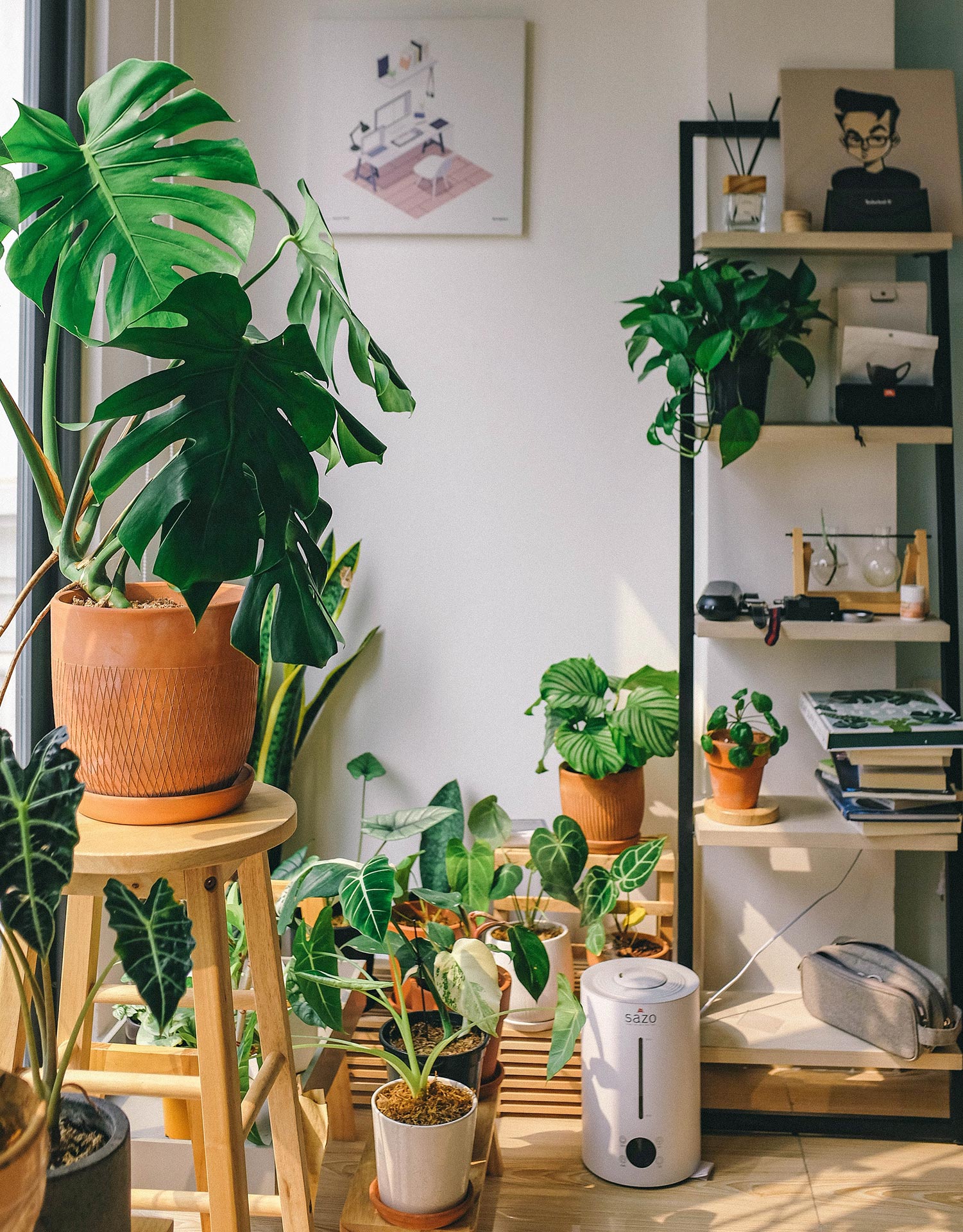Your external environment undoubtedly affects your internal wellbeing. For that reason, we believe in holistic interior design that seeks to create balance in all aspects of life, between your career, relationships, hobbies, diet, etc. That balance can be achieved through a set of interconnected factors in how your home is curated. Below you will find a handful of important wellbeing interior design choices that we consider in our own practice at Renao Design Studio.
1. Connecting With Nature
Most of us spend much of our time indoors between work, school, and home. That brings me to the point of how important the indoor air quality is to our well-being. Bringing in nature can uplift a space and the people who spend their time there. Most importantly, it also improves indoor air quality. Plants offer organic elements of colour and texture to man made spaces, and since we also live in a cold weather country, it’s even more important that we recommend bringing the greenery to you. Houseplants, vines, flowers, etc can be seen as daunting to take care of, but thankfully there are many options for low maintenance indoor plants. For example, pothos or snake plants. If you want a more advanced project, introduce your own little indoor herb garden for both aesthetics and culinary use.

2. Lighting
If there is one overarching factor that completes a space, it’s lighting. We feel that spaces should be designed around the natural lighting that is available.
Less light is preferred for a resting or relaxing space where you are going to be less active during the day, such as a bedroom. On the other hand, productive spaces like an office, living room, study room need more lighting. So wellbeing is correlated so much with natural day light as our body strives to maintain circadian rhythm. In plain and simple terms, circadian rhythm is our 24 hour cycle of physical, mental and behavioral changes which is heavily affected by the lighting around us. It influences when we feel naturally sleepy or alert, responding to he light that is in our environment.
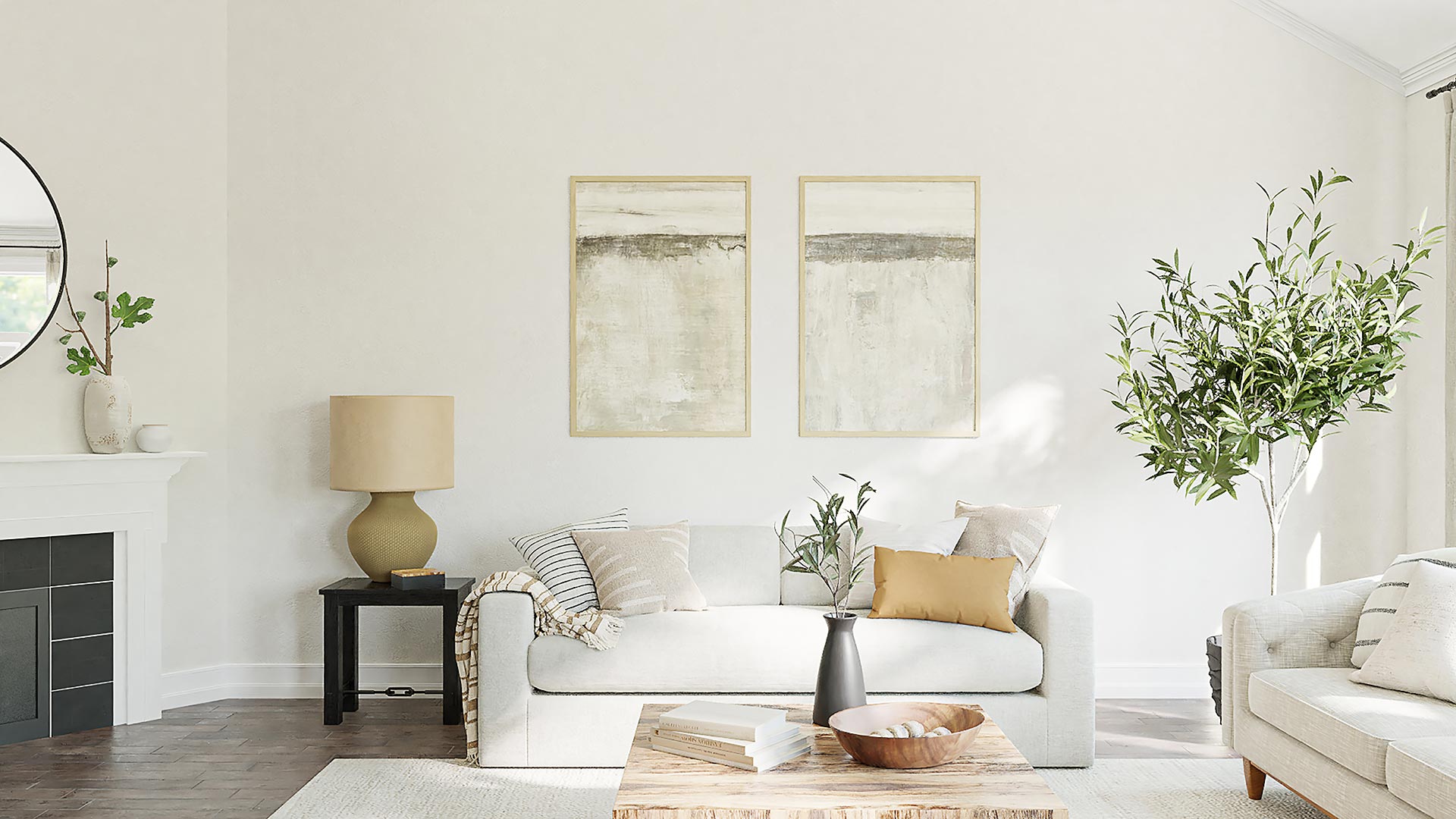
3. Comfort
As an interior designer, comfortability is everything. No matter how glam your space is, the practicality of it is a priority. We strongly suggest choosing ergonomic usable furniture with suitable upholstery, softer fabrics and material etc. Furniture should feel right.
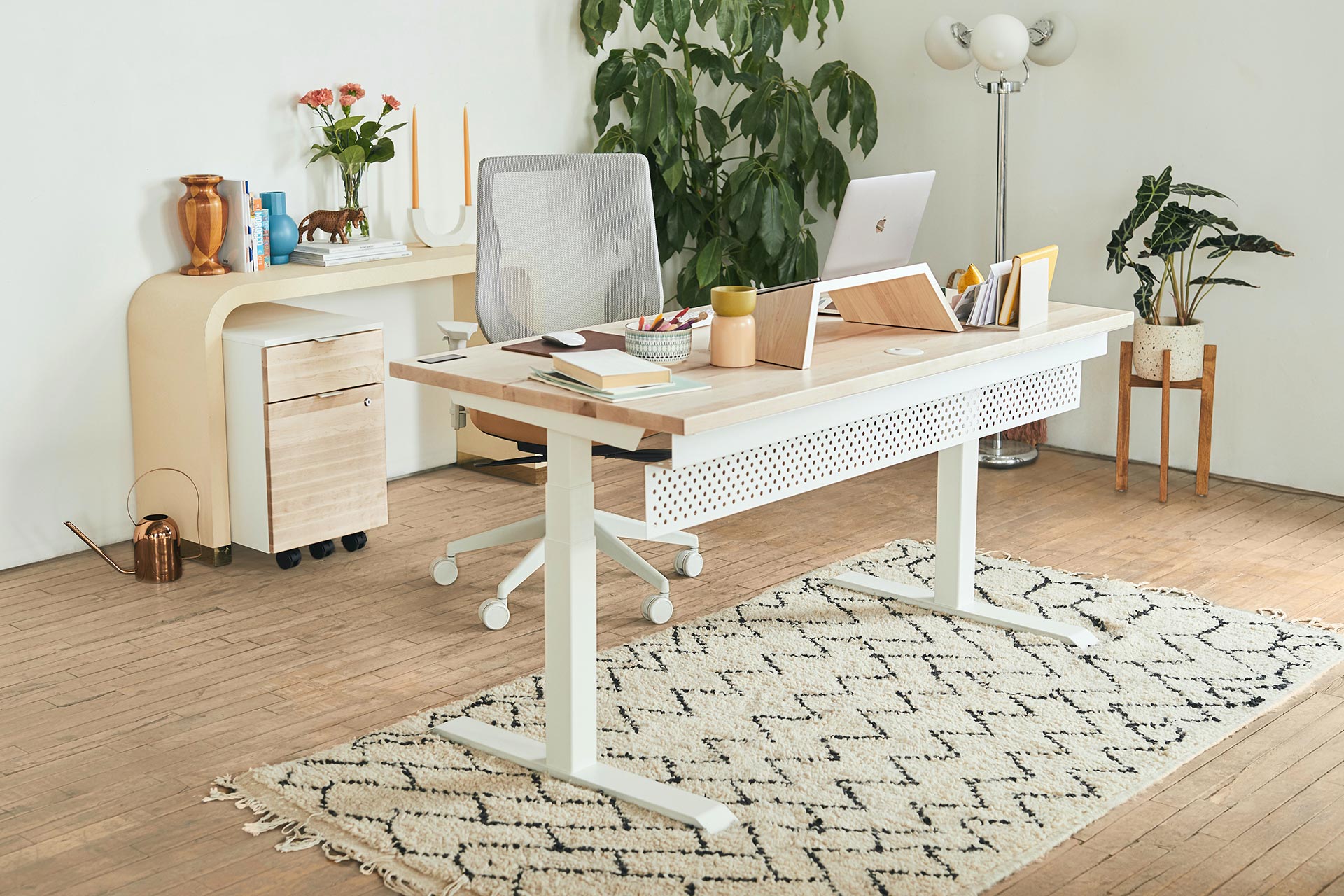
4. Building Material
Back to basics, choosing finishes that are environmentally friendly for your interior is also a health conscious choice. As there are way too many options now, you practically can buy everything off the shelf from a store, most of which are full of harmful chemicals. This topic can get complex and there are so many available options out there which can get really confusing. This is something that we would strongly suggest that you get professional guidance on.
If you are building your own home or renovating, we would suggest consulting your architect and interior designer about choosing the right building material, which is typically what comes from the earth.
Unfortunately, the industry is still behind on producing building materials that are environmentally friendly, and as you could have guessed, the cost is slightly higher. However, despite the extra costs it’s an investment in your long term health. For the same reasons, we also recommend using non toxic/natural fabric and foams as well for furnishings used daily, such as cushions and bedding.
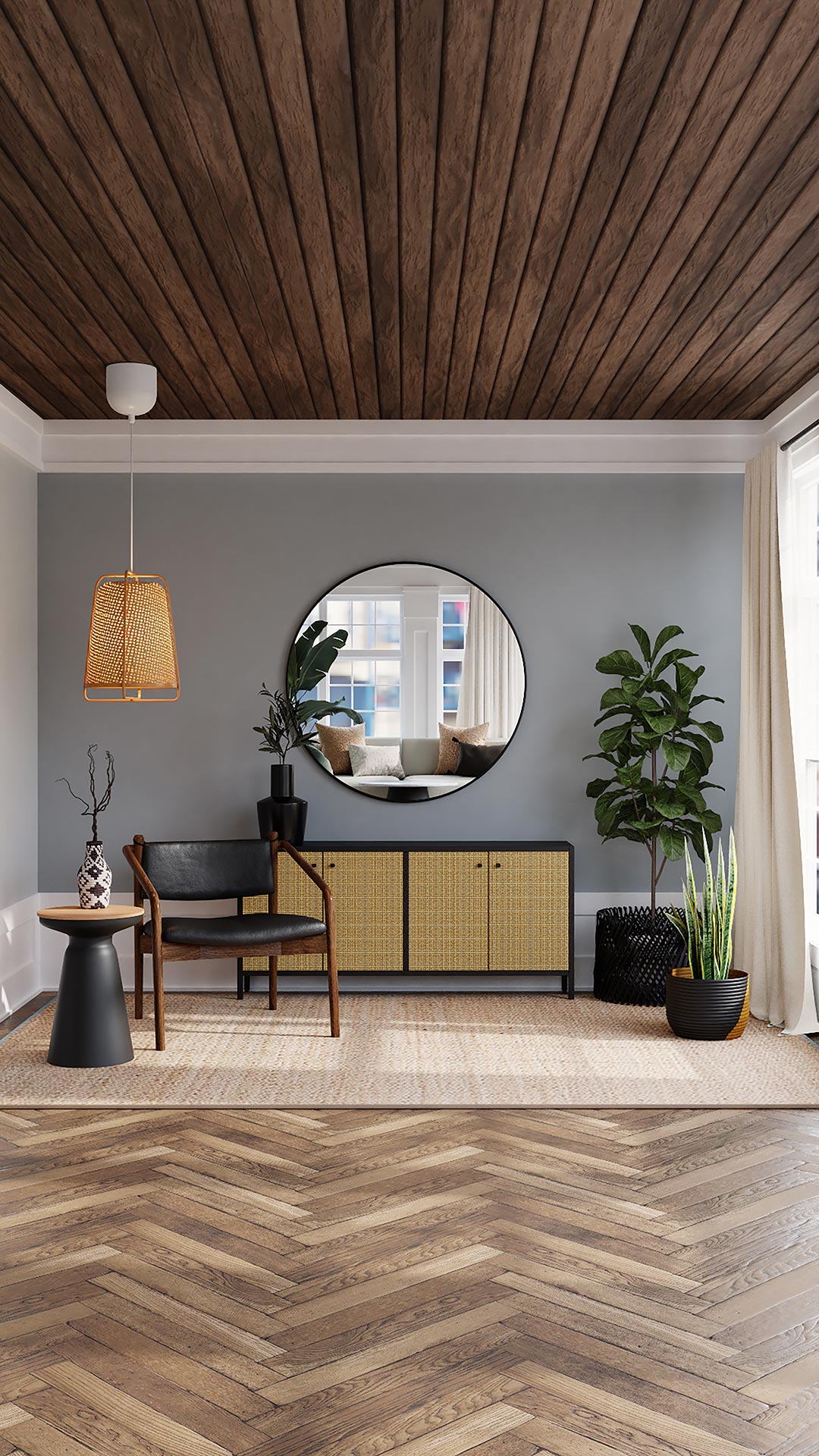
5. Colour
Different colour palettes have drastically different effects on mood and productivity. Just like building materials, choosing paints that are nontoxic, such as no-VOC (violent organic compounds) paint is recommended.
Colour can also be complex. It looks different depending on lighting, there are an endless amount of shades and tones, the vibe can shift based on accent choices, and the very long list continues. For those reasons, it’s always best to consult a interior designer or decorator about colour choices that reflect the mood you want to create.
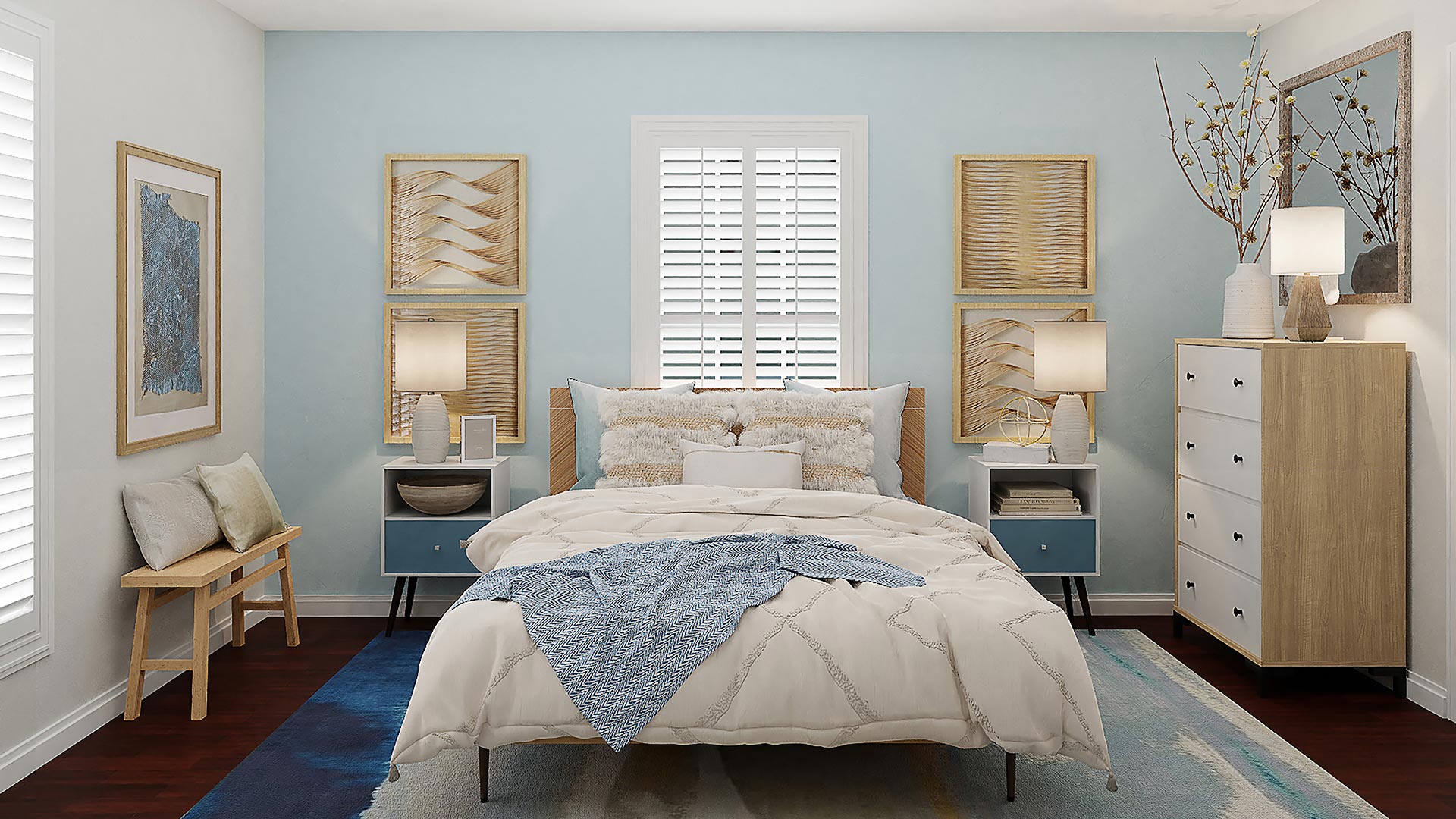
6. Clutter
This is a point that is often overlooked in how drastic of a change it can make. We are not suggesting that you give up things you love to live a minimalist life, but reducing items to only things that are meaningful can liven up a place and make it less overwhelming. Learning how to keep your home clutterless and creating an organization method will help your well-being and feel less stressful. Other than beautifying your space, it can help ease mental clutter so you can be more productive in your space.
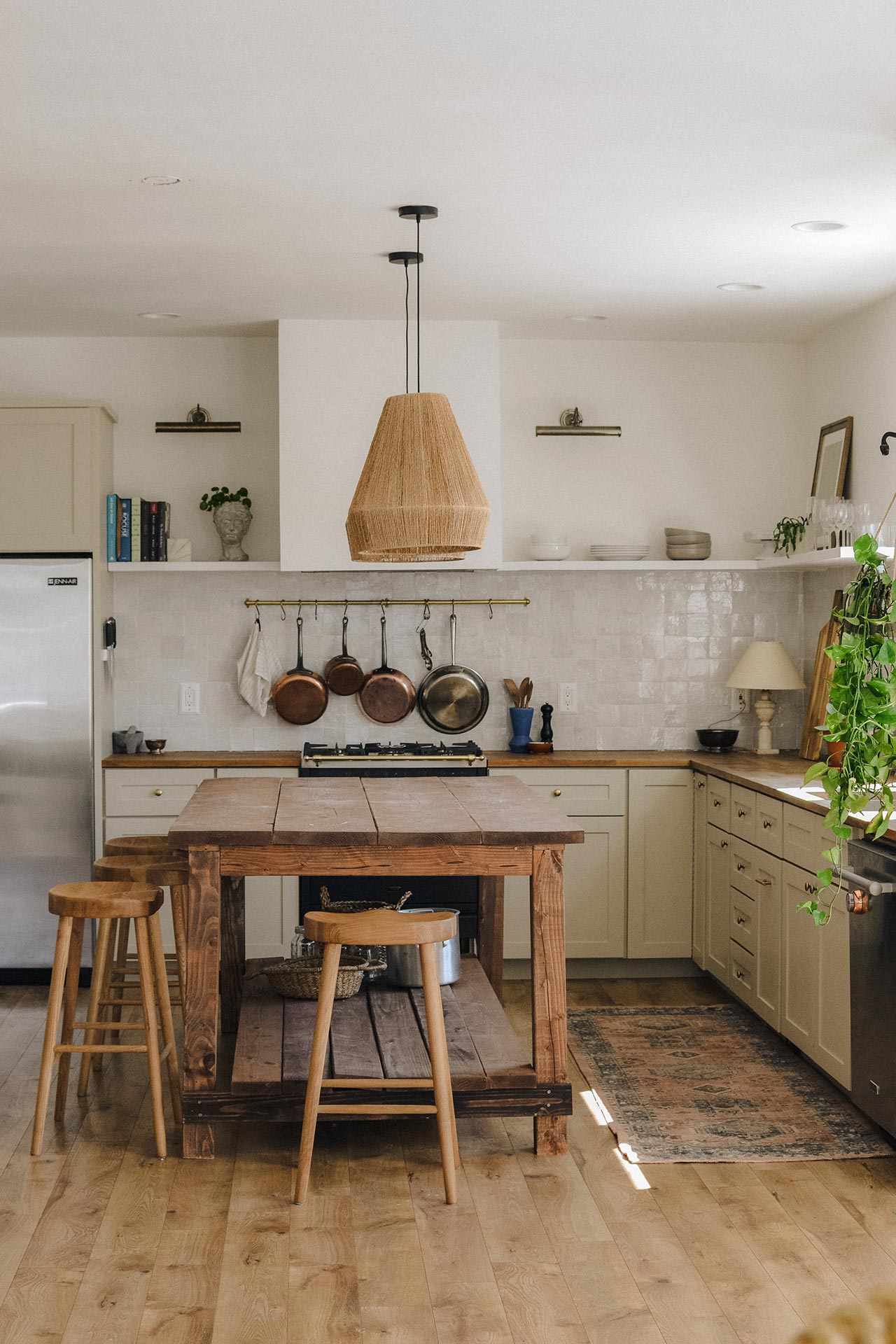
7. Transitional Space
Practically speaking, we live in a region with somewhat drastic weather changes from season to season. Therefore, the interior needs to reflect day to day life. It is so important to have a designated spaces, called transitional space to store your outside shoes and jackets when entering or leaving home. These are usually besides entrances, and minimizes tracking germs inside. Taking off your outdoor shoes and changing it to indoor shoes to keep your interior space clean. It becomes part of daily routine, and allows less time in cleaning your home.
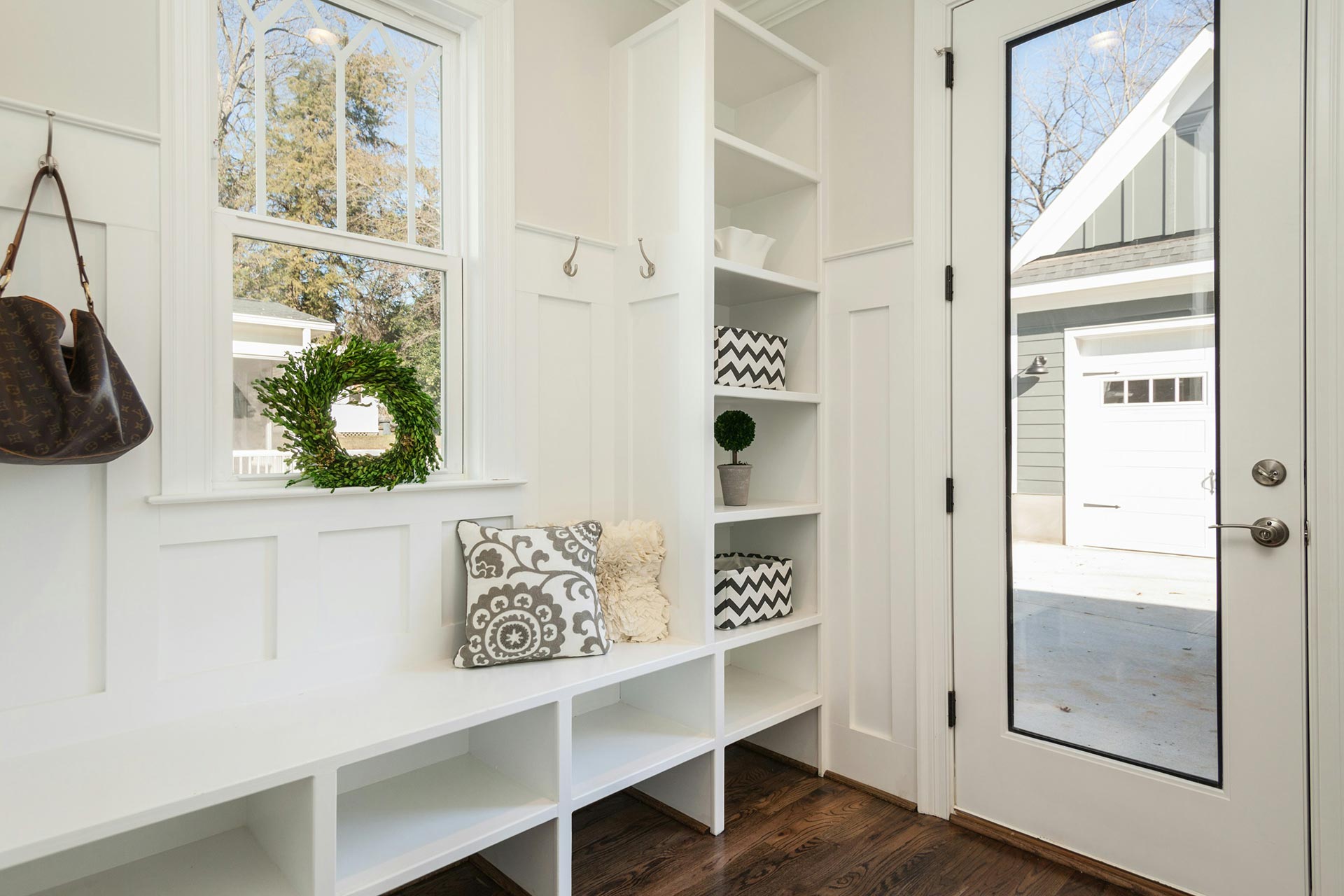
We strongly believe in creating spaces that not only suit your lifestyle, but become a part of it. Wellness-oriented interior design is always a priority in our work because it keeps your well-being in mind. We hope this list is a helpful guide on what to consider for your next home interior design or interior refresh project, and all the ones after that.
Don’t hesitate to share this blog with your acquaintance who are interested in wellness and wellbeing. Feel free to reach out to us with suggestions for future topics we should cover in our blog. We are also open to collaboration. We can be reached at hello@renaodesignstudio.com.
